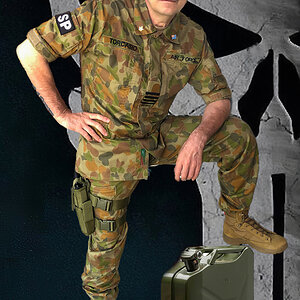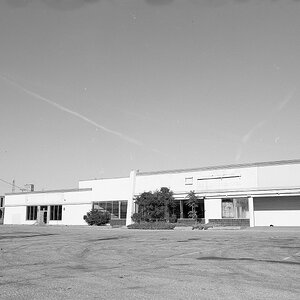plastii
TPF Noob!
- Joined
- Oct 12, 2007
- Messages
- 318
- Reaction score
- 0
- Location
- Gilberts, IL
- Can others edit my Photos
- Photos OK to edit
Hi.
For some reason I can't go faster than 1/200 with my build in or external flash. Nikon D80, SB-800,Nikkor 18-55mm f/3.5-5.6 - manual mode. Am I doing something wrong? I'm not sure where to go from here.
Thanks
Marek.
For some reason I can't go faster than 1/200 with my build in or external flash. Nikon D80, SB-800,Nikkor 18-55mm f/3.5-5.6 - manual mode. Am I doing something wrong? I'm not sure where to go from here.
Thanks
Marek.


![[No title]](/data/xfmg/thumbnail/32/32699-3434a76363cb383404e00a3cd5ed5728.jpg?1619735601)
![[No title]](/data/xfmg/thumbnail/38/38263-ad5e4c9e677626ddb5b1e7cdf9ebe40e.jpg?1619738548)

![[No title]](/data/xfmg/thumbnail/32/32697-bccb29f21520b31443b92c054e608ca0.jpg?1619735600)
![[No title]](/data/xfmg/thumbnail/35/35669-485de67e98a042d63d728593720828a0.jpg?1619737091)


![[No title]](/data/xfmg/thumbnail/35/35263-86f580cf5d28d23109a45984030a79ad.jpg?1619736968)
![[No title]](/data/xfmg/thumbnail/35/35264-5ade32b7036391926536661aeb7491c3.jpg?1619736969)
![[No title]](/data/xfmg/thumbnail/32/32698-38e2346942223e17b43fb958f66064c1.jpg?1619735601)